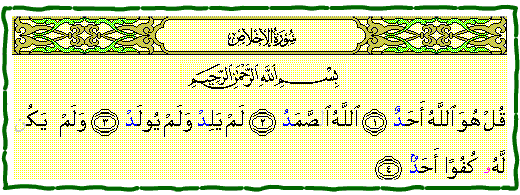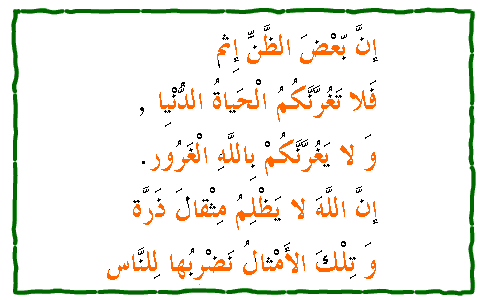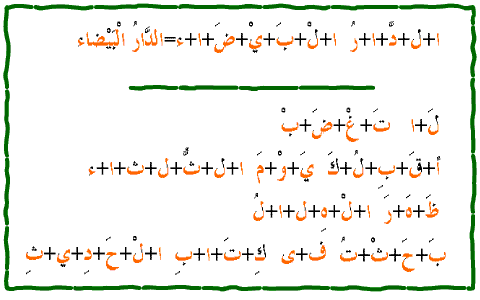| • Contents
• Links
|
|||||||||||||||||||||||||||||||||||||||||||||||||||||||||||||||||
 |
|||||||||||||||||||||||||||||||||||||||||||||||||||||||||||||||||
Few things before we end this lesson :1-tanween: It is a marker on top of the last
letter of a noun to indicate that it is indefinite: depending on the position of the
word tanween can take one of these forms: examples:
2-Alif maqsurah: At the end of the word the long
vowel aa examples: let's "compare alif maqsura" to
the long vowqel ii Note in the long vowel ii the vowel
of the letter preceding 3-Ta marbuta: When "t" is at the end
of the word it can be written like this Ta marbuta is written in two forms:
Ta marbuta is used to indicate in most cases the feminine names, adjectives or nouns. example:
 |
|
||||||||||||||||||||||||||||||||||||||||||||||||||||||||||||||||































